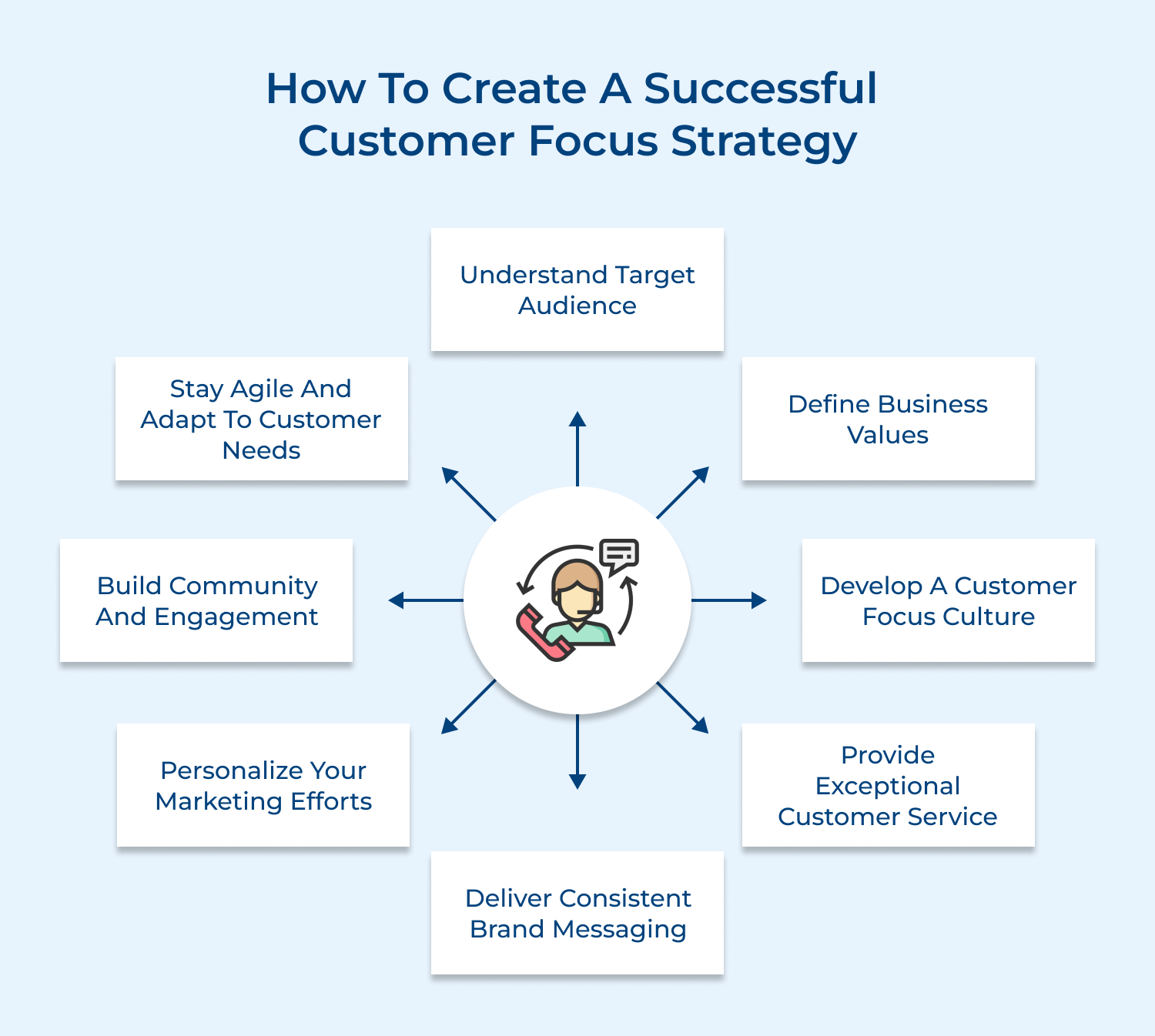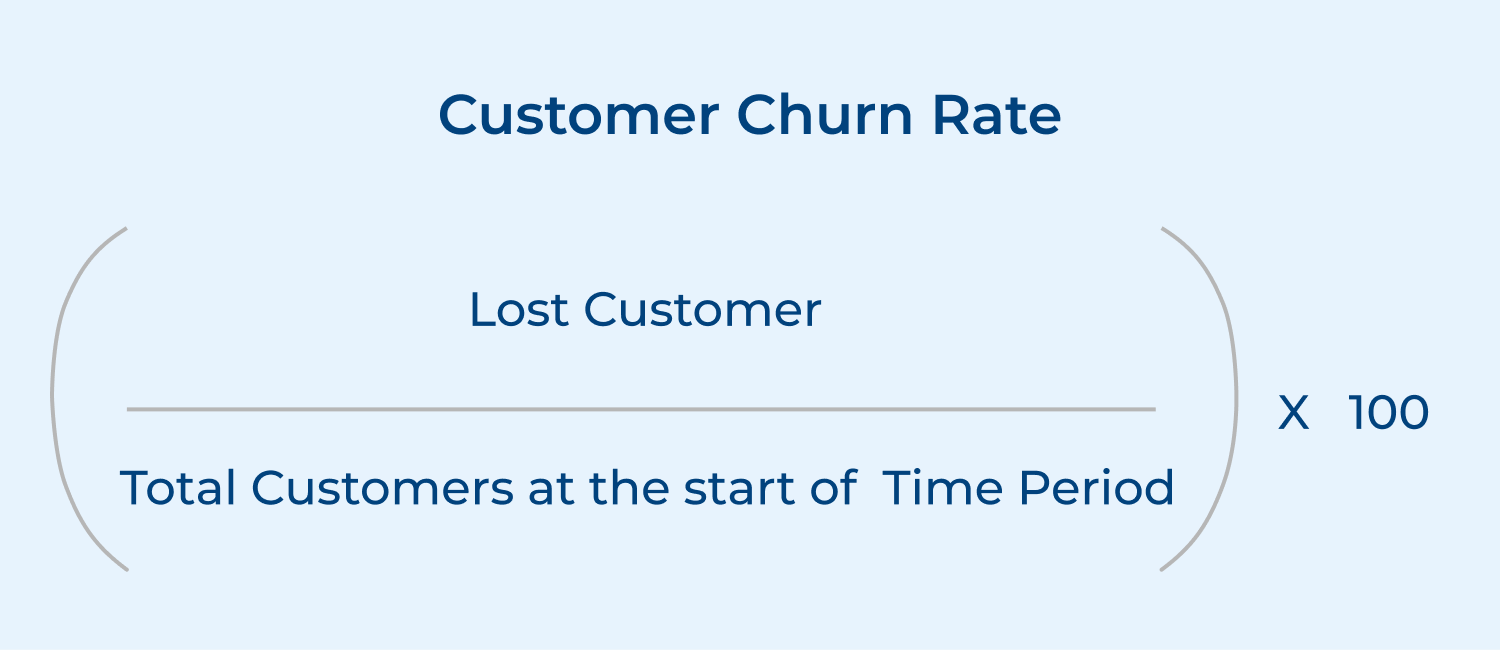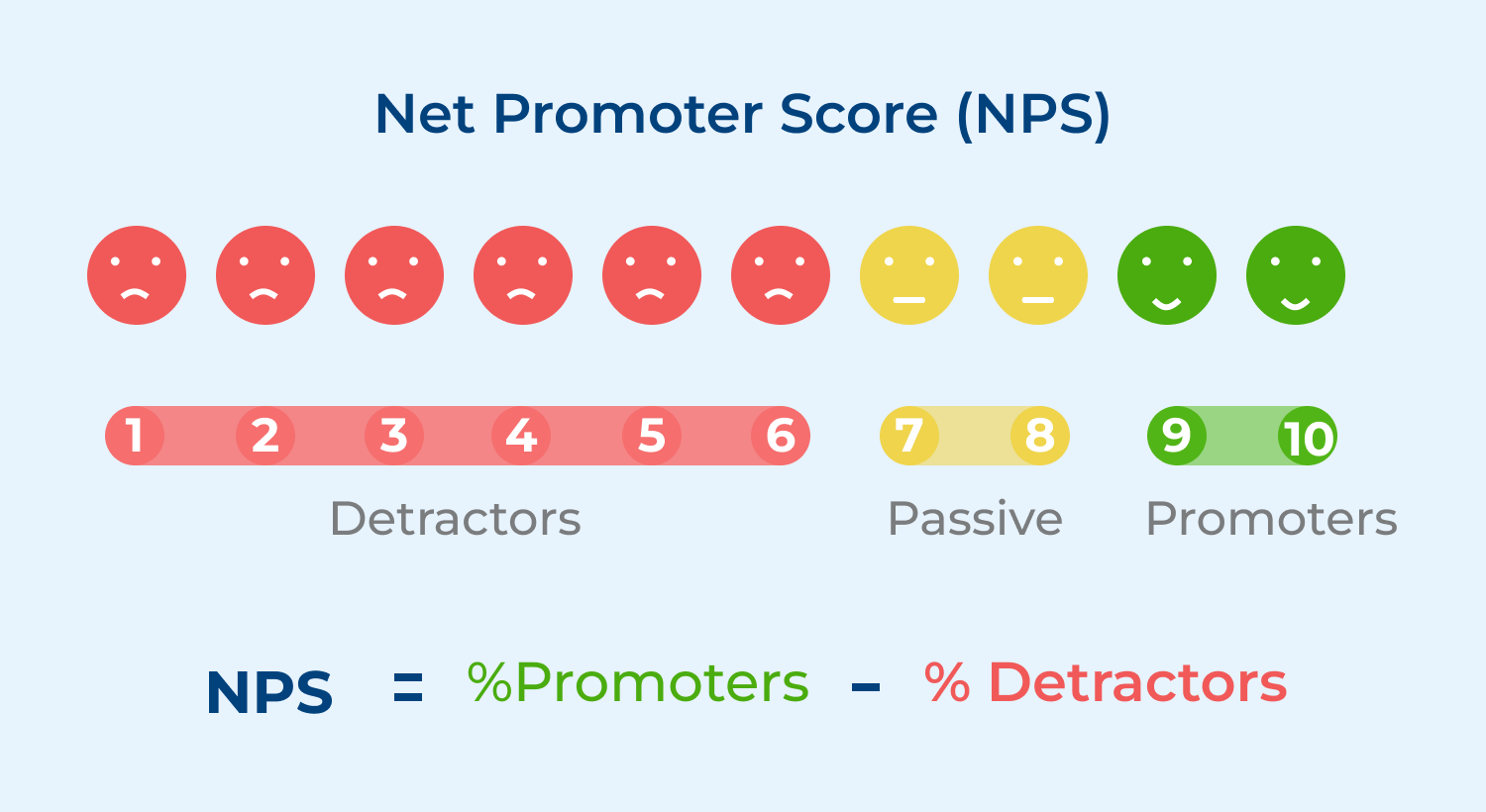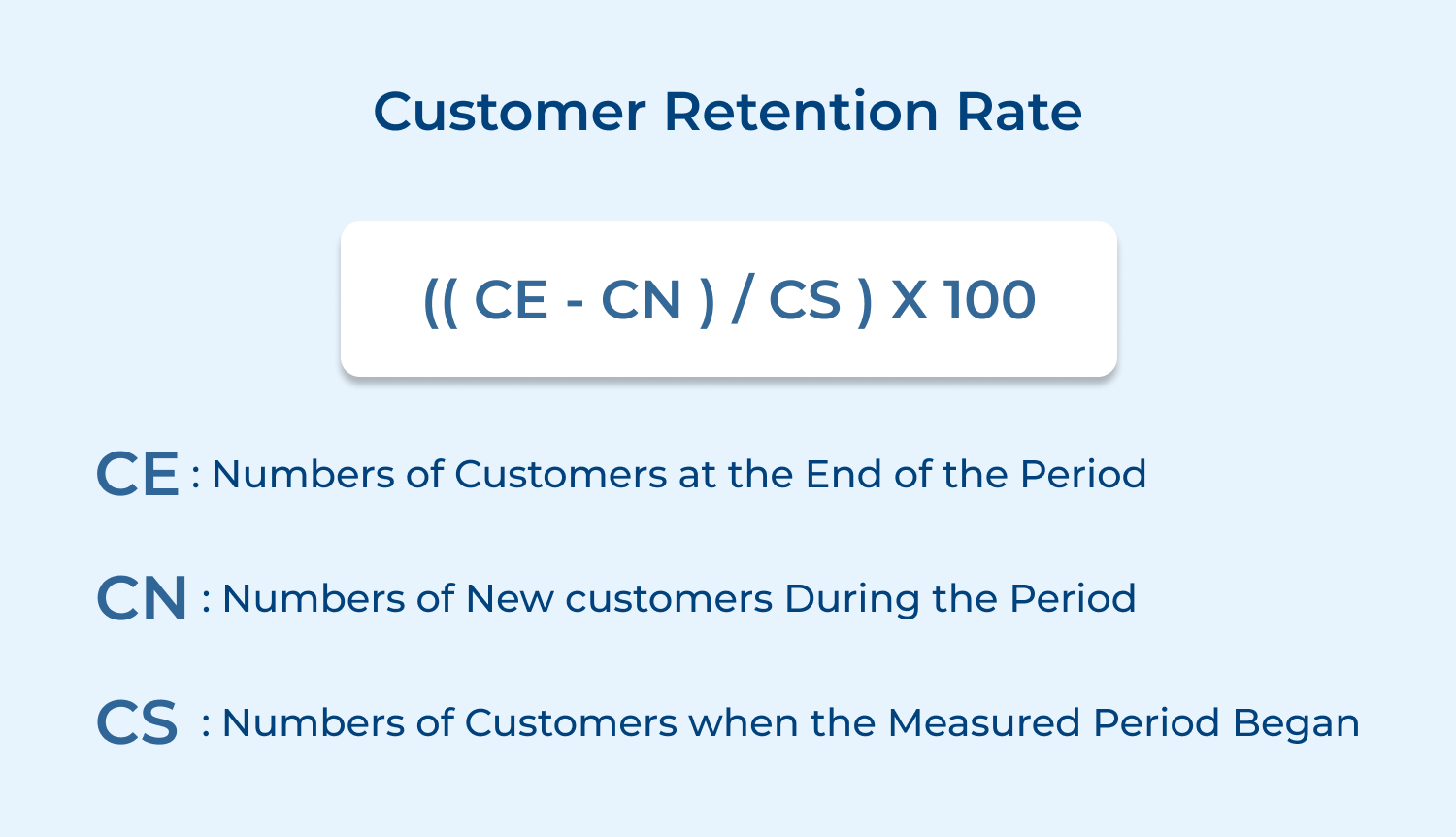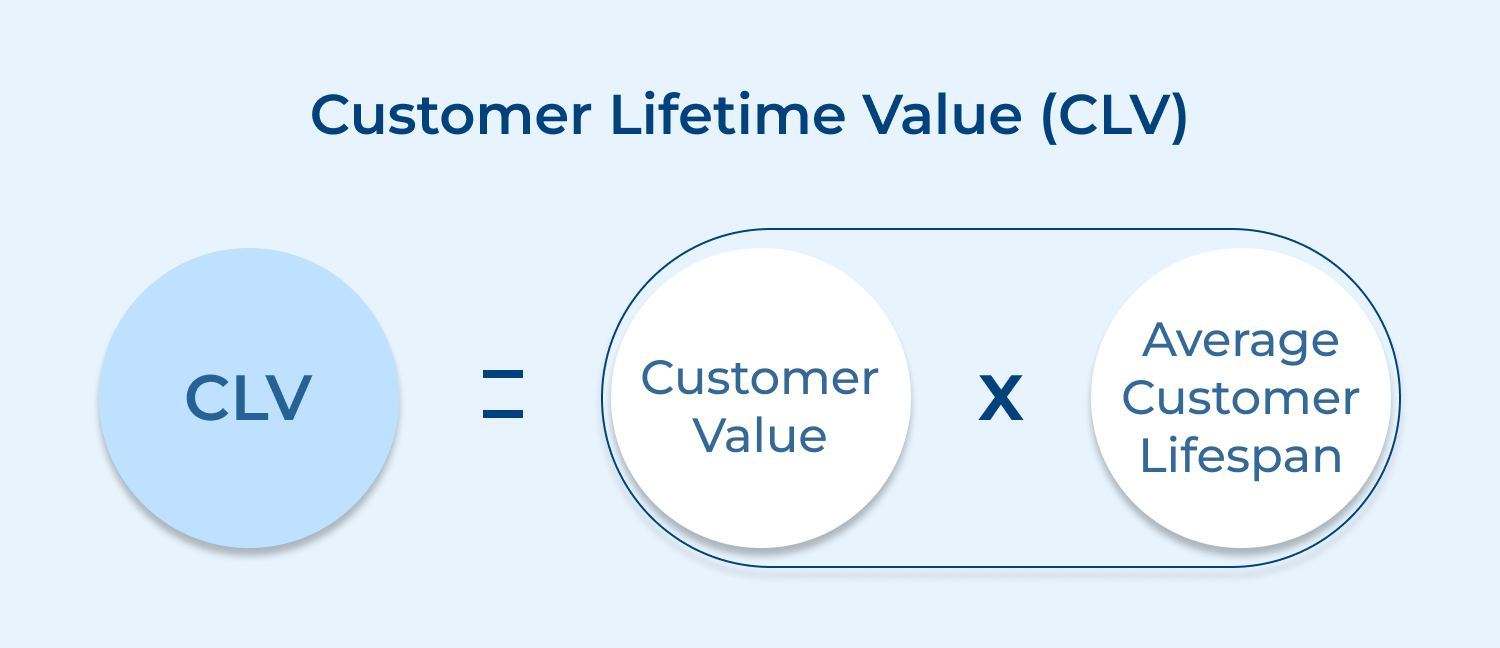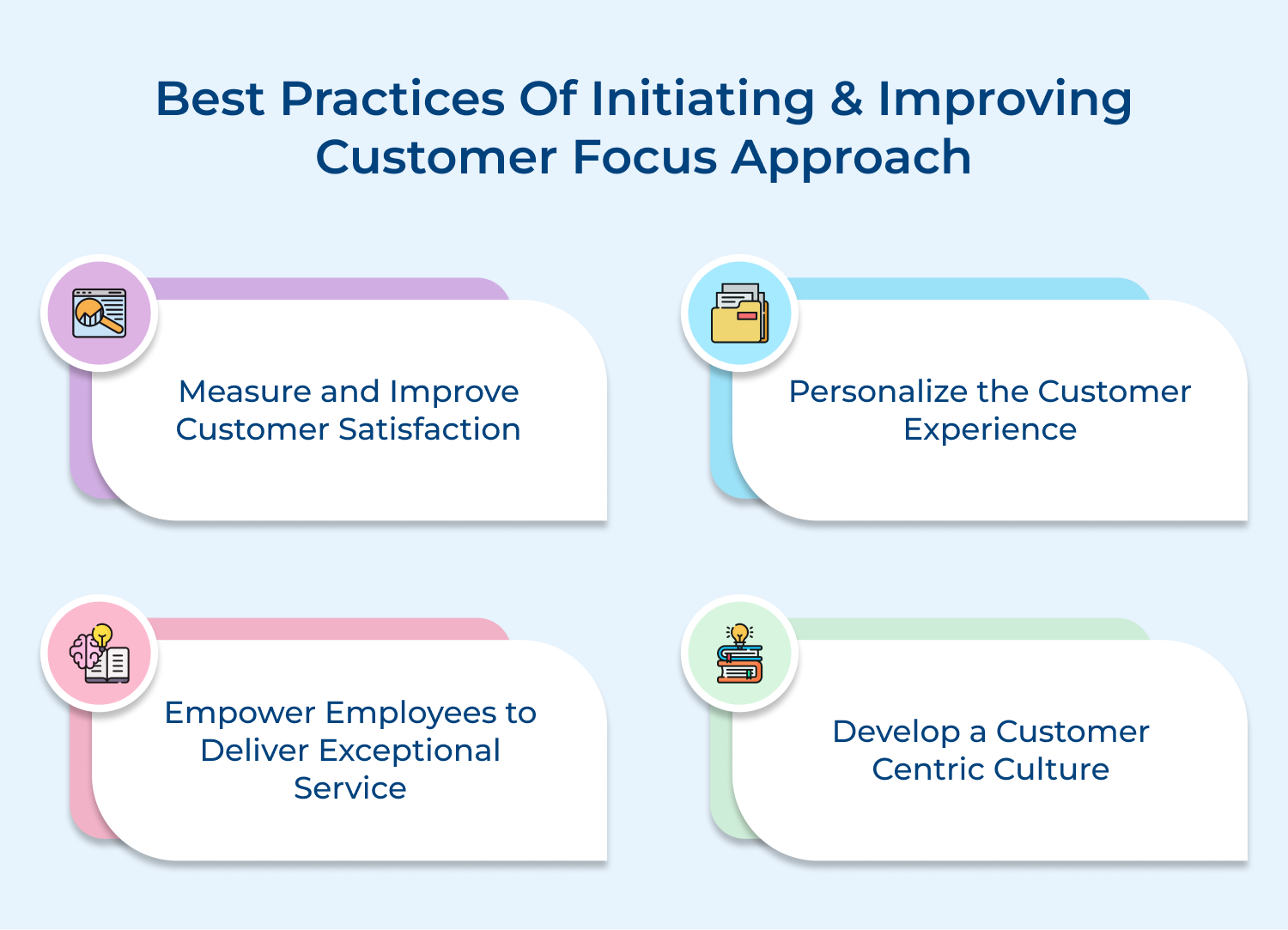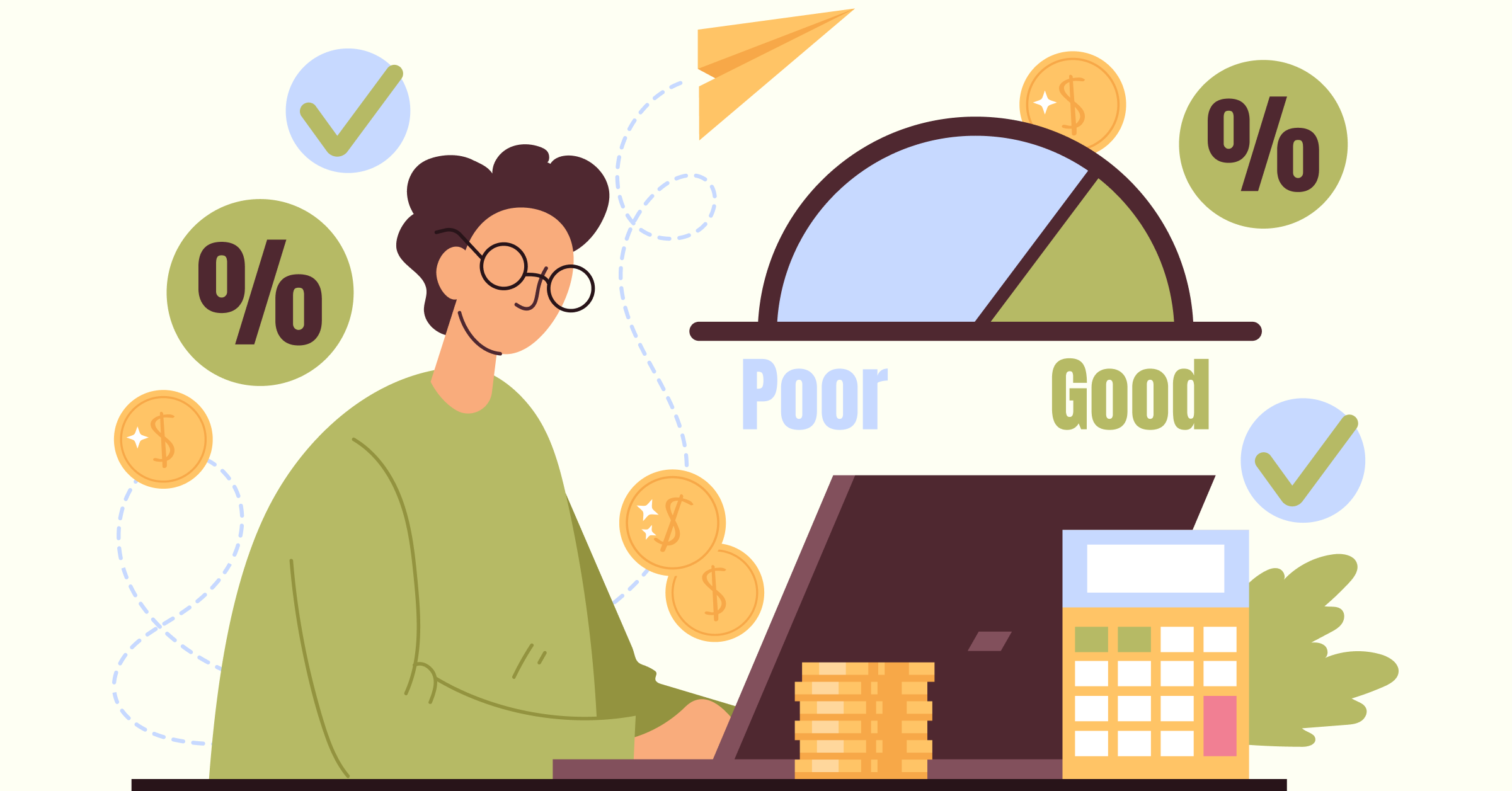Here are some best practices for initiating and improving a customer-focused approach:
1. Personalize the Customer Experience
One-size-fits-all marketing and customer service strategies are no longer effective in today’s customer-focused world. Personalize the customer experience by using customer data to tailor interactions and offers to individual preferences. It will make customers feel valued leading to increased loyalty and satisfaction.
2. Develop a Customer-Centric Culture
To be customer-focused, it is essential to instill a customer-centric culture within your organization. It starts with leadership setting the tone and expectations for putting customers first in all aspects of the business. Encourage all employees to prioritize customer needs and make decisions with the customer in mind.
3. Empower Employees to Deliver Exceptional Service
Empower your employees to make decisions based on situations. Provide training on customer service best practices, encourage empathy and active listening. Give employees the authority to make decisions that benefit the customer. By investing in your employees, you can create a customer-focused team that delivers exceptional service.
4. Measure and Improve Customer Satisfaction
Regularly measure customer satisfaction through surveys, reviews, and other feedback mechanisms. Use the data to identify areas for improvement and make necessary changes to enhance the customer experience. Continuously seek ways to optimize processes/products/services to better meet and exceed their expectations.
Great Examples of Customer-Focus Companies
Many companies serve as shining examples of being customer-focused. By prioritizing customer needs and delivering exceptional experiences, they have been able to differentiate themselves in their respective industries as well as build strong client relationships. As businesses strive to succeed, they can look to these companies for inspiration on how to prioritize customer satisfaction and create lasting brand loyalty.
1. Zappos
Zappos is a well-known online shoe and clothing retailer that has set the standard for excellent customer service. Their customer-focused approach includes free shipping on all orders, a 365-day return policy, and a 24/7 customer service hotline. Zappos prioritizes customer satisfaction above all else and their commitment to delivering exceptional service has earned them a loyal customer base.
Lesson: Focus on creating positive customer experiences by going above & beyond to meet their needs and exceed their expectations.
2. Amazon
Amazon is a global e-commerce giant that has built its business around customer centricity. They offer a wide range of products, fast shipping options, and personalized recommendations based on customer preferences. Amazon continuously listens to customer feedback and uses it to improve its services and offerings.
Lesson: Make it easy for customers to do business with you by providing a seamless shopping experience and personalized recommendations.
3. Southwest Airlines
Southwest Airlines is known for its affordable flights, friendly staff, and customer-centric policies. They prioritize customer satisfaction by offering flexible booking options, transparent pricing, and top-notch customer service. Southwest Airlines has built a strong reputation for putting customers first and valuing their feedback.
Lesson: Build trust with your customers by being open, honest, and transparent in your communications and business practices.
Customer Focus Drives Long-Term Business Success
Customer focus is not just a buzzword; it is a strategic mindset that can drive long-term business success. By understanding their customers’ needs, preferences, and behaviors, companies can tailor their products and services to meet or exceed expectations.
The key to long-term success often lies in how well a company focuses on its customers. Customer satisfaction and loyalty are crucial factors that can make or break a business. Those who prioritize customer focus are more likely to build strong, lasting relationships and drive sustainable growth.


